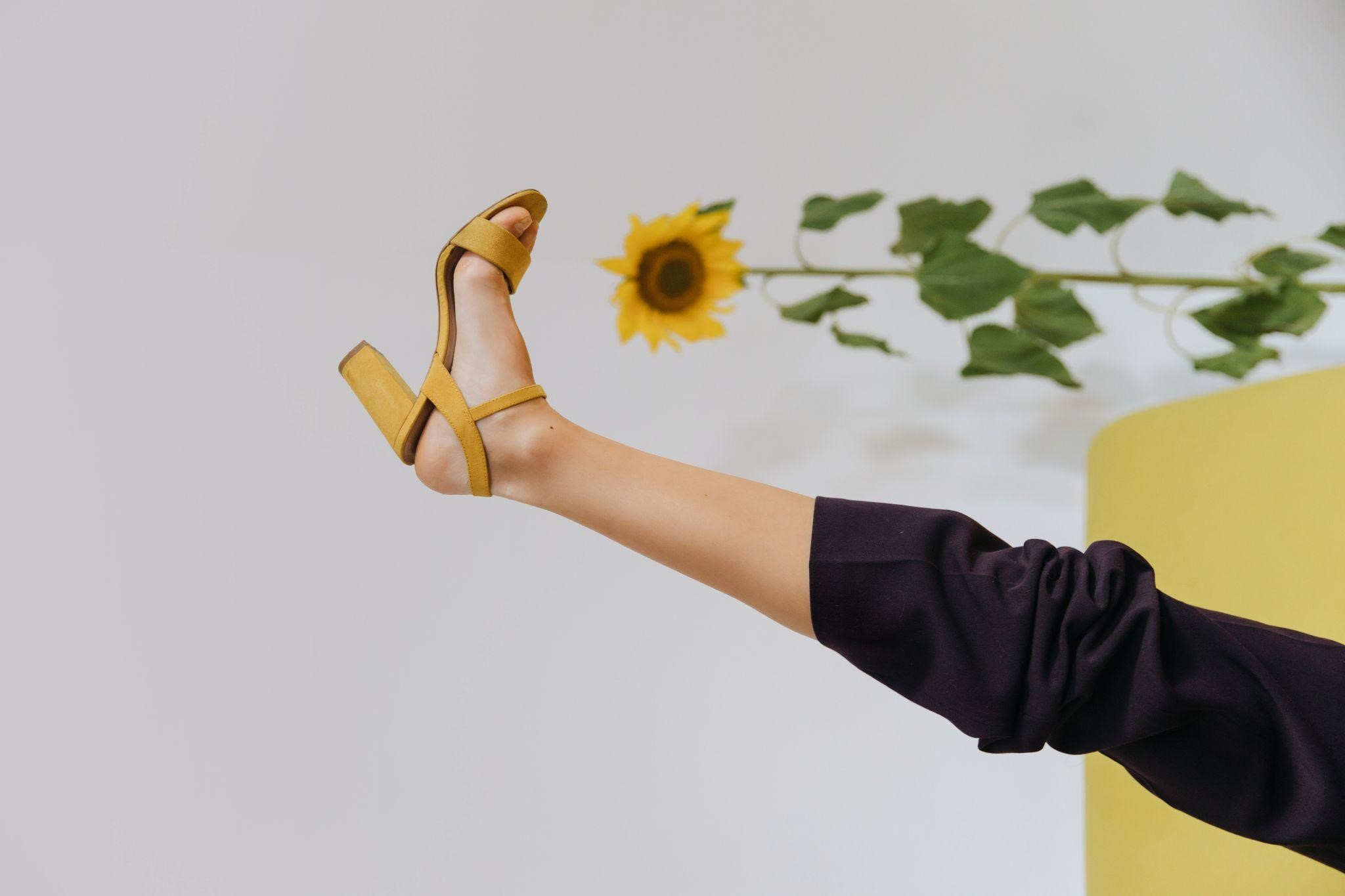
Heel pain is a common ailment that can significantly impact one`s daily life and activities. Whether it`s caused by plantar fasciitis, Achilles tendonitis, or another condition, finding the right footwear is crucial for managing and preventing heel pain. Ill-fitting shoes can exacerbate the issue and hinder the healing process. In this guide, we will delve into the factors to consider when selecting footwear to alleviate and prevent heel pain.
Before delving into footwear choices, it`s essential to understand the various causes of heel pain. The most prevalent cause is plantar fasciitis, an inflammation of the thick band of tissue running across the bottom of the foot. Achilles tendonitis, another common cause, involves inflammation of the Achilles tendon, which connects the calf muscles to the heel bone. Other potential culprits include stress fractures, heel spurs, and improper gait. Identifying the specific cause of your heel pain can guide you towards the most appropriate footwear solution.
Arch support is a critical factor when selecting footwear to manage heel pain. Shoes with proper arch support help distribute weight evenly across the foot, reducing strain on the heel. Look for shoes with contoured insoles or built-in arch support. Alternatively, consider using orthotic inserts to customize the level of arch support based on your specific needs. I personally recommend Kuru Footwear for heel pain, they make shoes especially for heel pain and offer amazing arch support.
Cushioning plays a pivotal role in absorbing shock and reducing the impact on your heels when walking or running. Shoes with adequate cushioning provide a protective barrier between your feet and hard surfaces. Look for models with cushioned midsoles and heel areas. Gel or foam inserts can also enhance cushioning and alleviate heel pain by minimizing the force exerted on the heels.
Footwear that offers proper heel and ankle support can prevent excessive pronation (inward rolling of the foot) or supination (outward rolling of the foot), both of which can contribute to heel pain. Opt for shoes with a snug heel counter (the back part of the shoe) to stabilize the heel and prevent unnecessary movement. Additionally, shoes with a slightly elevated heel can help reduce tension on the Achilles tendon, making them a suitable choice for individuals with Achilles tendonitis. Like i mentioned above Kuru Footwear I believe is the best choice for this because of their foot supportive and comfort design.
An often overlooked aspect of choosing footwear for heel pain is the size and shape of the toe box. A cramped toe box can lead to discomfort and exacerbate existing heel issues. Ensure that the shoe provides ample room for your toes to move freely without being cramped or squeezed together. This allows for proper blood circulation and prevents additional pressure on the heel.
Footwear flexibility is crucial for maintaining a natural gait and preventing strain on the heels. A shoe with a flexible sole helps your foot move more naturally while walking, reducing the impact on the heel area. However, balance is key; the sole should be flexible at the forefoot but still offer stability and support around the heel. Look for shoes with a gradual slope from the heel to the forefoot to encourage a smooth transition during each step.
The choice of footwear should also align with your daily activities. Different activities require different levels of support and cushioning. For instance, if you`re an avid runner, invest in running shoes specifically designed to absorb shock and provide ample cushioning. If you spend most of your day on your feet, opt for supportive work shoes that offer comfort and stability throughout your shift.
Foot health extends beyond support and cushioning. Moisture accumulation within your shoes can lead to discomfort and even infections. Look for footwear made from breathable materials that allow air circulation, keeping your feet dry and comfortable. Moisture-wicking properties in the fabric can help manage sweat, reducing the risk of skin irritation and fungal growth.
When dealing with heel pain, it`s wise to seek professional fitting and advice. Visit a specialty shoe store where knowledgeable staff can assess your foot structure, gait, and any specific needs related to your heel pain. They can recommend suitable footwear options and may even suggest custom orthotics for a tailored solution. A podiatrist or orthopedic specialist can also provide valuable insights into your condition and offer guidance on the right footwear.
Footwear is not a one-time investment; it requires regular reevaluation and replacement. As shoes wear out, their support and cushioning diminish, potentially exacerbating heel pain. It`s recommended to replace your footwear every 300-500 miles if you`re a runner, or at least every 6-12 months for daily wear. Regularly assess the condition of your shoes and monitor how your heel pain responds to ensure you`re still getting the support you need.
Heel pain can be a challenging issue to manage, but choosing the right footwear like Kuru Footwear can make a significant difference in your comfort and overall well-being. Prioritize arch support, cushioning, proper heel and ankle support, and an adequate toe box. Consider the flexibility and sole design based on your activities, and opt for breathable materials to maintain foot health. Don`t hesitate to seek professional fitting and expert advice to find the perfect footwear solution for your heel pain. Remember, your footwear choices today can pave the way for a pain-free tomorrow.